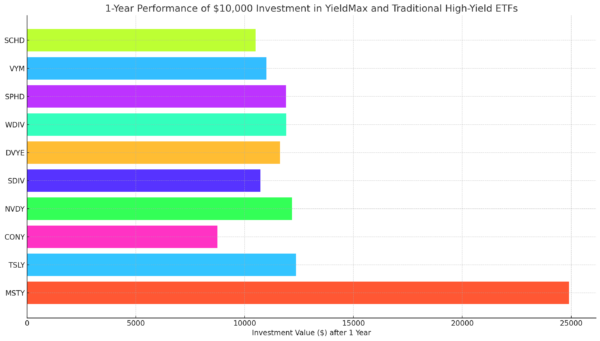Will AT&T Cut Its Dividend?
AT&T (NYSE: T) shares have not participated in the broad market rally since stocks bottomed earlier this year.
That’s not too surprising considering that many people still think of AT&T as a phone company.
While much of AT&T’s business is still focused on phone service, the old “Ma Bell” is now also a content company. It owns HBO, Warner Bros. Entertainment, CNN and other programming giants.
This lack of participation in the market’s run higher, along with a juicy $0.52 per share quarterly dividend, give the stock a 6.9% dividend yield – the likes of which, in this market, tend to be reserved for riskier master limited partnerships and real estate investment trusts.
Can investors continue to rely on AT&T’s nearly 7% yield?
After several years in a row of free cash flow growth, AT&T’s cash flow is forecast to take a step backward this year by nearly $2 billion.
SafetyNet Pro does not like declines in free cash flow.
Last year, AT&T paid shareholders $14.9 billion in dividends for a 58% payout ratio. This year, the payout ratio will likely tick higher to 62%.
Under normal circumstances, those payout ratios would be well within my comfort zone. However, these are not normal days…
We’re in a pandemic, and business is not as usual. As a result, I have tightened my payout ratio parameters to make SafetyNet Pro more conservative.
I’d rather be too cautious with a dividend safety rating than get caught unaware when a dividend gets cut.
My previous threshold for a safe payout ratio was 75%. Anything above that received a penalty in the SafetyNet Pro rating. Today, that limit is down to 50%.
As a result, AT&T gets dinged twice, once for last year’s payout ratio being more than 50% and another for this year’s payout ratio.
That said, AT&T is significantly lowering its debt and is committed to its dividend, which has been raised every year since AT&T spun off all of its Baby Bells 36 years ago.
I believe this is a case where SafetyNet Pro is being a little too cautious…
The safety rating suggests a moderate risk of a dividend cut.
However, considering management’s commitment to the dividend, and considering that while the payout ratio is above the new COVID-19 boundary, it’s still below the normal threshold, I suspect AT&T’s dividend is fairly safe.
Dividend Safety Rating: C
About Marc Lichtenfeld
Marc Lichtenfeld is the Chief Income Strategist of Investment U’s publisher, The Oxford Club. He has more than three decades of experience in the market and a dedicated following of more than 500,000 investors.
After getting his start on the trading desk at Carlin Equities, he moved over to Avalon Research Group as a senior analyst. Over the years, Marc’s commentary has appeared in The Wall Street Journal, Barron’s and U.S. News & World Report, among other outlets. Prior to joining The Oxford Club, he was a senior columnist at Jim Cramer’s TheStreet. Today, he is a sought-after media guest who has appeared on CNBC, Fox Business and Yahoo Finance.
Marc shares his financial advice via The Oxford Club’s free daily e-letter called Wealthy Retirement and a monthly, income-focused newsletter called The Oxford Income Letter. He also runs four subscription-based trading services: Technical Pattern Profits, Penny Options Trader, Oxford Bond Advantage and Predictive Profits.
His first book, Get Rich with Dividends: A Proven System for Earning Double-Digit Returns, achieved bestseller status shortly after its release in 2012, and the second edition was named the 2018 Book of the Year by the Institute for Financial Literacy. It has been published in four languages. In early 2018, Marc released his second book, You Don’t Have to Drive an Uber in Retirement: How to Maintain Your Lifestyle without Getting a Job or Cutting Corners, which hit No. 1 on Amazon’s bestseller list. It was named the 2019 Book of the Year by the Institute for Financial Literacy.








